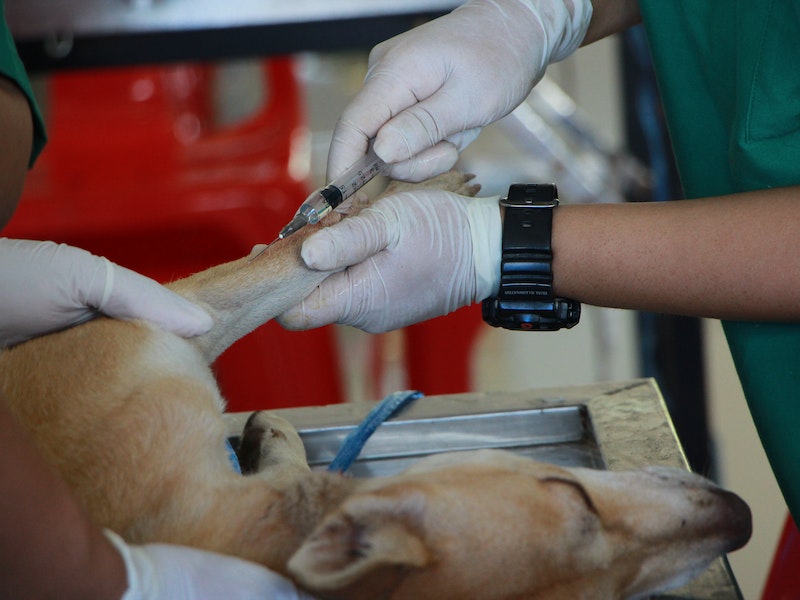UTIs are typically difficult to detect in dogs, and there are times when no visible signs are present. The infection can cause urination pain, as well as other health issues and chronic discomfort in your dog. No pet parents would ever want to see their furry child suffer from an illness. The good news is that UTIs, like other common health issues in dogs, can be avoided. Let’s take a look at how dog UTIs can be avoided.
5 Ways to Prevent Dog UTIs
UTIs in dogs are similar to those experienced by humans. Some people believe that preventing the disease in the first place is difficult, but it does not have to be. Here are five helpful steps to protect your pet from UTIs.
1. See that they are urinating regularly
Leaving their urine in their bladder for extended periods increases the likelihood of bacteria multiplying. However, regular urination flushes bacteria out of the bladder, lowering the risk of infection. Most dogs should have their bladders emptied every four hours. Adult dogs can hold their urine for 8-10 hours, but pet parents should never tolerate this.
Allow your dog plenty of opportunities for comfort breaks. Take your dog out first thing in the morning and the last thing at night before going to bed to reduce the time they need to hold their urine at night.
2. Ensure there is plenty of clean drinking water available
Did you know that bacteria produce toxins that infiltrate and inflame the bladder lining? However, if your dog drinks enough water daily, the toxins will be diluted, reducing the chances of infection. To ensure your dog drinks water every day, provide them with large, clean, deep water drinking bowls that are never empty or dry.
Clean their water bowls daily and replace the water completely. Provide water bowls in each room if you have an elderly dog.
3. Feed specialized diets
If your dog has experienced a chronic UTI, consult your veterinarian about a special diet. The ideal pH level for your dog’s urine is 6.2-6.4, and a prescription diet can help them achieve this. Consult your veterinarian for specifics, as the severity of the infection may necessitate a different prescription.
4. Avoid giving orange juice or acidifiers
You may have read online that orange juice or other acidifiers are effective treatments for UTIs. In theory, they will increase the pH balance of the urine and thus eliminate the infection. However, there’s a significant risk involved in doing this. Instead of curing UTIs, you could raise their acid levels, leading to bladder stones.
Avoid home remedies and only feed your pet a prescription diet. Always consult your veterinarian first for advice on home treatments to ensure your dog’s healthy recovery.
5. Maintain their hygiene
It is critical to remember to keep your pet clean daily. Female dogs are more prone to UTIs than males due to their vulva shape and proximity to the anus. Because of its width, it provides an entry point for fecal contamination.
However, regardless of your dog’s gender, clip the hair around their genitals to reduce the possibility of bacteria or feces adhering to their private parts. If your pet gets muddy, give them a bath and make sure to clean the fur in their genitals.
For more detailed manuals and advice about this topic, please see Skeptic Animals.
Related article: The Positive Health Effects of Having a Pet


